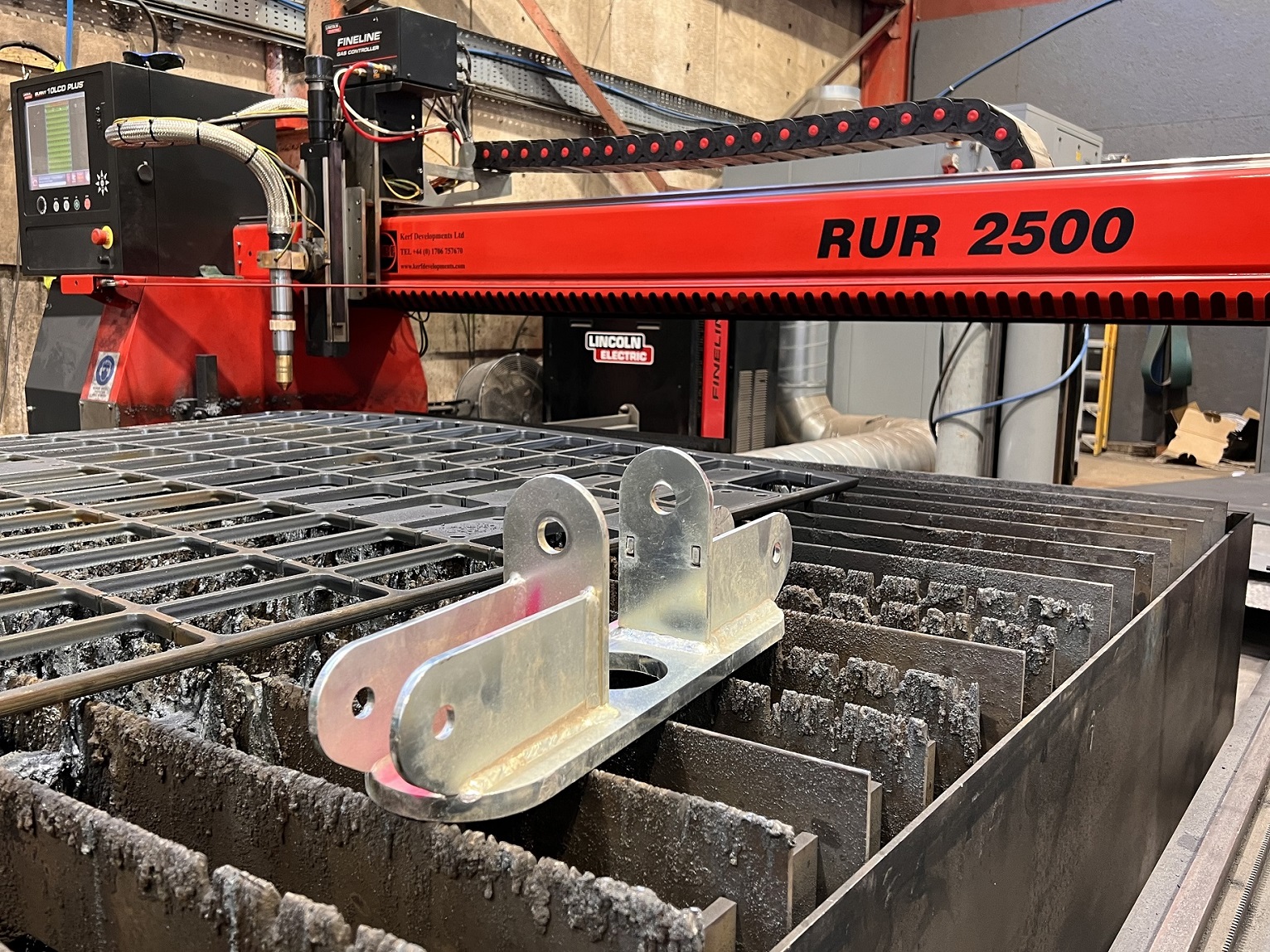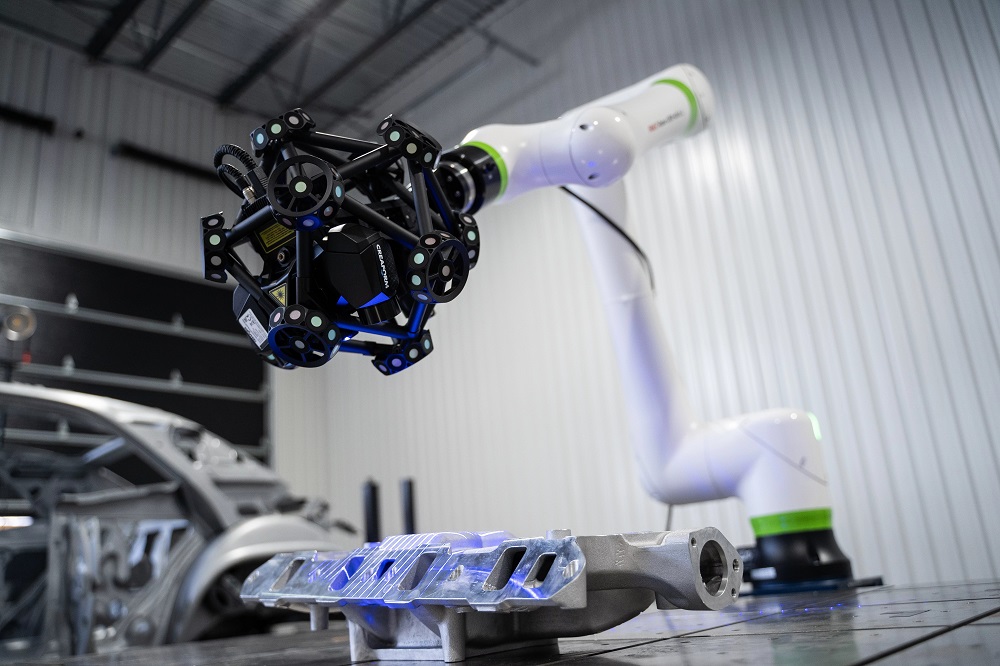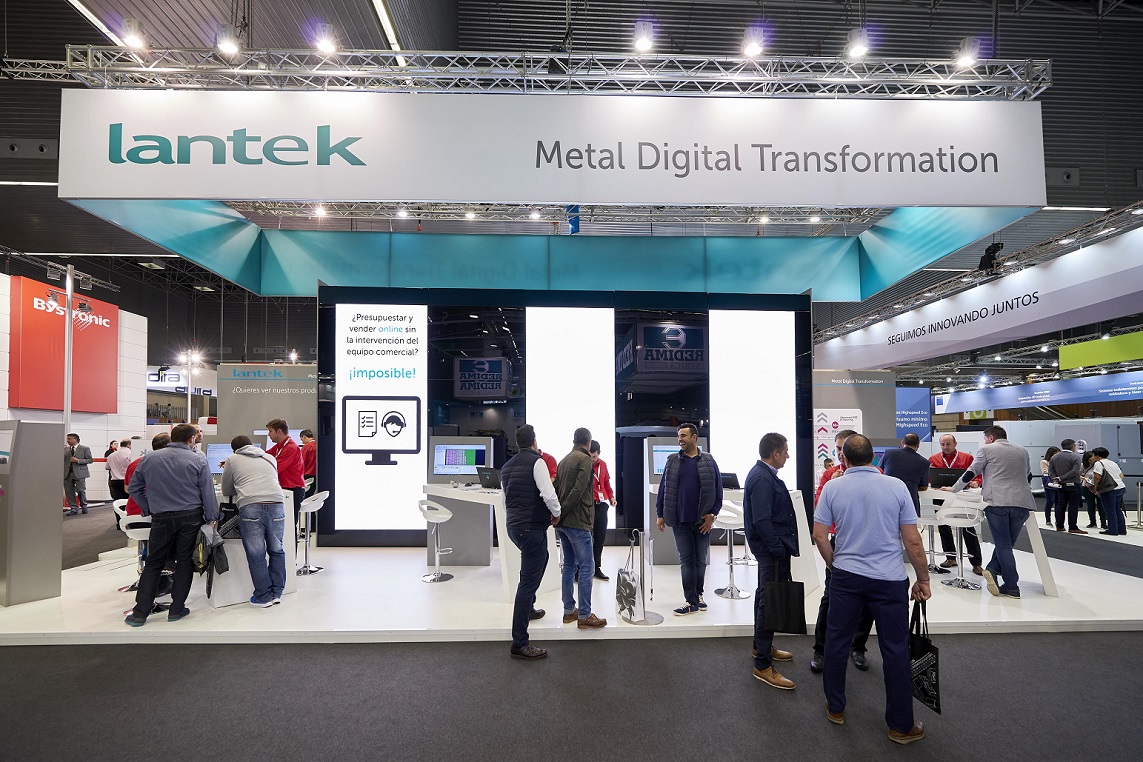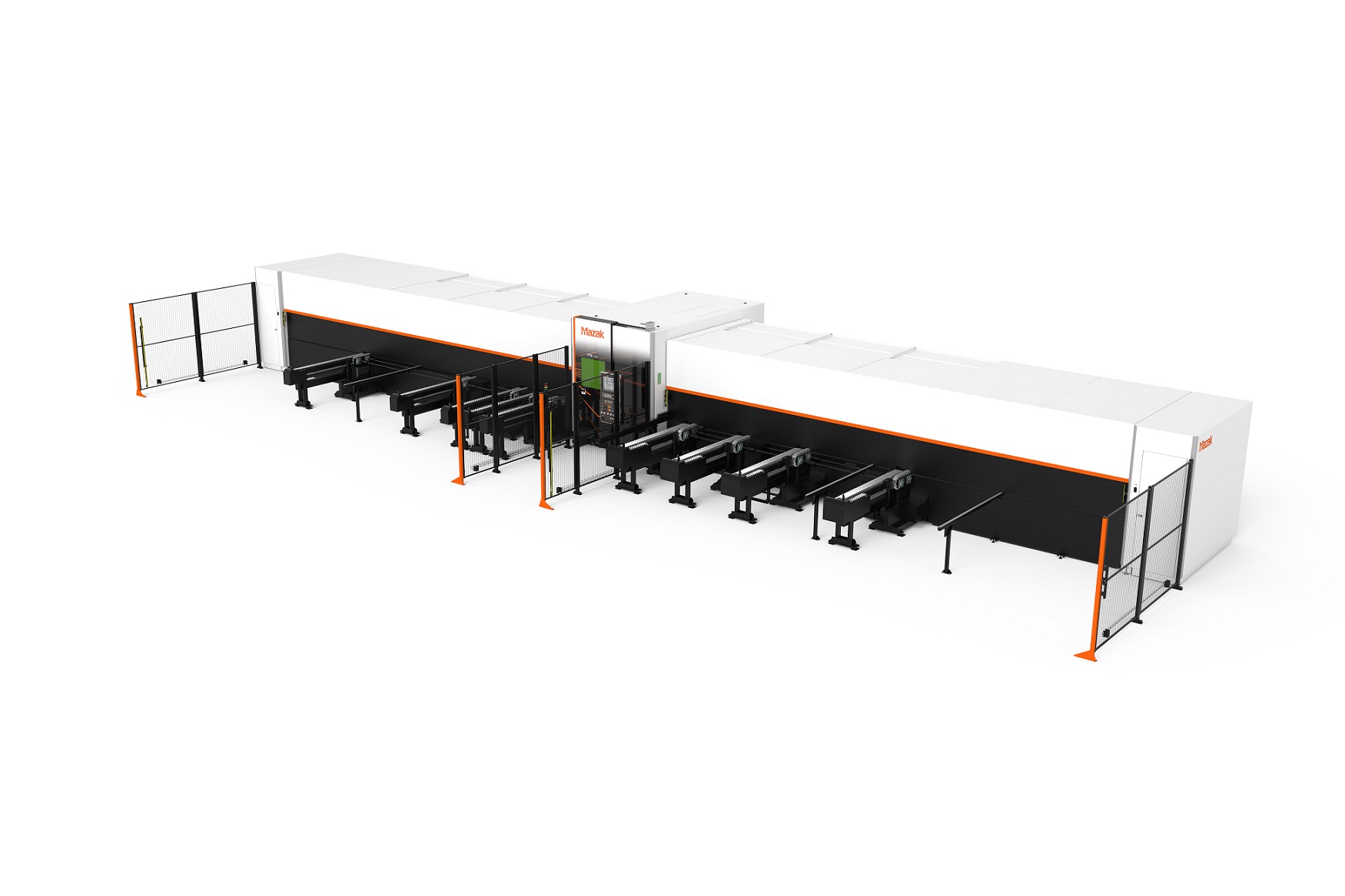As the name suggests, Serious Stages Ltd is a manufacturer of festival stages, temporary buildings, towers, arches, sports ramps and bespoke structures for the entertainment industry – an industry all but decimated by the pandemic. Fortunately for the Wells-based business, it found a new market sector that has exceeded all expectations, trebled growth and increased manufacturing demand. To fulfil this exponential rise in demand, the manufacturer has invested in an UltraSharp plasma cutting machine from Kerf Developments.
Fabrication workshop manager Rob Watts says: “Before the pandemic, we were considering a laser or plasma machine, as we were subbing-out over £500,000 of laser cutting each year. The pandemic halted the decision process, but back in March 2021 the movie industry got back to production and we won a substantial order for the next Mission Impossible film. This gave us the confidence to move forward. We looked at several options and then an industry contact suggested we spoke to Kerf. As a company with a complete range of plasma, waterjet and oxy-fuel cutting machines, Kerf recommended its RUR2500 UltraSharp plasma cutting machine with a Lincoln Electric Fineline 170, 170 amp plasma cutting system.”
He adds: “We are delighted with our new Kerf machine. From day one, the sales engineers were knowledgeable and interested in our business and applications; it wasn’t just about the sale. This duty-of-care has been carried through every step of the process and now the machine is installed, the service is unparalleled. From a production standpoint, the machine will pay back in less than two years and it will save us upward of £750,000 in subcontracting costs. It provides design freedom and efficiency, and it reduces our turnaround times and creates a synergy between the design office and production.”
For further information www.kerfdevelopments.com



















